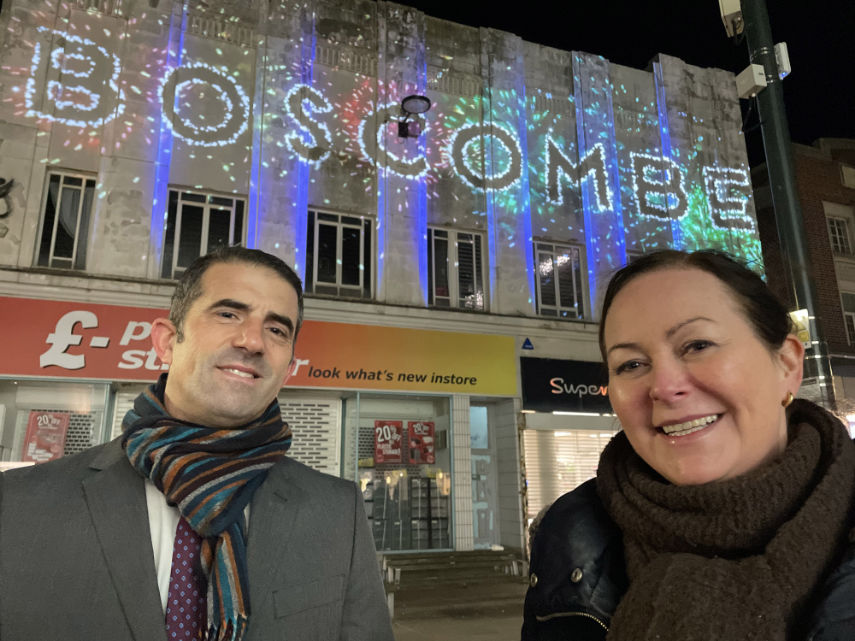Transportation expert Bob Poole recently posted a report showing big cities how they could unlock billions of dollars in capital spending. Poole, which has a long history of providing innovative approaches for highways and airports, has evaluated 31 major US airports. Its findings revealed that those 31 alone could generate $ 131 billion that could be redeployed to fund other infrastructure and meet other critical urban needs.
The study draws attention to the opportunity for ‘asset recycling’ – the process by which local officials generate or reap substantial infrastructure dollars from a pool of assets by selling or selling them. renting and recycling the product in another necessary area. Yet the elected officials have reasonable concerns about the loss of control or the optics of outsourcing the management of “family jewels”.
Let’s look at some assumptions in terms of value and some issues in terms of control to see if a community could unleash value and protect the public at the same time. Two questions are closely related: whether capital can be redeployed from the airport to other community infrastructure needs and whether this can be done in a way that simultaneously improves airport operations.
Years ago, when I was elected mayor of Indianapolis, I inherited an incredibly well-run airport: professional managers, great board of directors, great customer experiences, great vision. designed for the future. However, our local experts only managed one major airport, ours. All over the world, yesterday and today, the main airports – Paris, Madrid, London, Milan, Sydney, Rome…
Experts who do only one thing and many things have advantages in terms of training, resources, technology, scale of management and more. Public-private partnerships with world-class operators can improve results, even at already high-performing airports. Poole, as a volunteer, advised us when Indianapolis entered into a public-private partnership for the management of its airport. This partnership with BAA, which also managed Heathrow in London, generated additional hires, more revenue through improved concessions and a better passenger experience.
Even better results have been achieved under another remarkable public-private partnership, a 40-year, $ 1.2 billion lease that transformed San Juan, Puerto Rico’s Luis Muñoz MarÃn International Airport in a model that produced the right mix of public and private value. The Puerto Rico agreement was cleared under then-existing federal policy that placed severe limitations on the sale or lease of commercial airports. But in 2018, Congress changed the law: the new Federal Aviation Administration law Airport investment partnership program removal of limitations on the number of government airport owners allowed to enter into long-term leases. The law also advances the rights of the public entity in these relationships, allowing it to retain an equity stake, participate in governance and share any distribution of income with the private partner.
Beyond questions surrounding dollar terms of leases, any long-term concession requires careful consideration of who controls what. Owners of public airports need to be well counseled and have at the forefront the issues they will continue to control – for example, critical policy decisions that ensure economic development, fairness in hiring and procurement, and a fair labor policy. The good news of a well-structured relationship that produces operational excellence is that it will create a better customer experience, more (union) jobs and more economic activity. City officials have an important stake in ensuring that their city’s gateway sets the right tone and that air service meets their needs. The challenge of asset recycling is to ensure that these objectives are met while freeing up funds.
Partnerships can add value to both already modernized airports and to those in need of a large infusion of capital. Yet these are difficult decisions, and the right path is often not clear. For example, the $ 2 billion Cleveland Hopkins International Airport Reconstruction Project could incorporate private operating partners who could envision the intersection of operational excellence and infrastructure investments. Before canceling his efforts, St. Louis considered doing both – remodeling the airport while freeing up nearly $ 1 billion for investment in urban communities.
The lessons learned from the Poole research, the Indy concession, the success of San Juan and the St. Louis initiative can be summarized as follows:
The public body must retain a role of protecting important public values. The public must play a role in advancing the tourism and economic development of a city. Clarity regarding job protection needs to be addressed. And a compelling use of the product – for example, one that offsets historical inequitable infrastructure investments in urban neighborhoods – needs to be clear. If a city could invest a billion dollars in its neglected neighborhoods and infrastructure without any tax or debt burden, then the effort of working through the complexities of unlocking the value of an asset like an airport would seem worth it.
GoverningOpinion columns reflect the opinions of their authors and not necessarily those of Governingthe editors or the management of.
 Welcome To Poole
Welcome To Poole
_w=1200_h=630.png?v=20220321141806)


